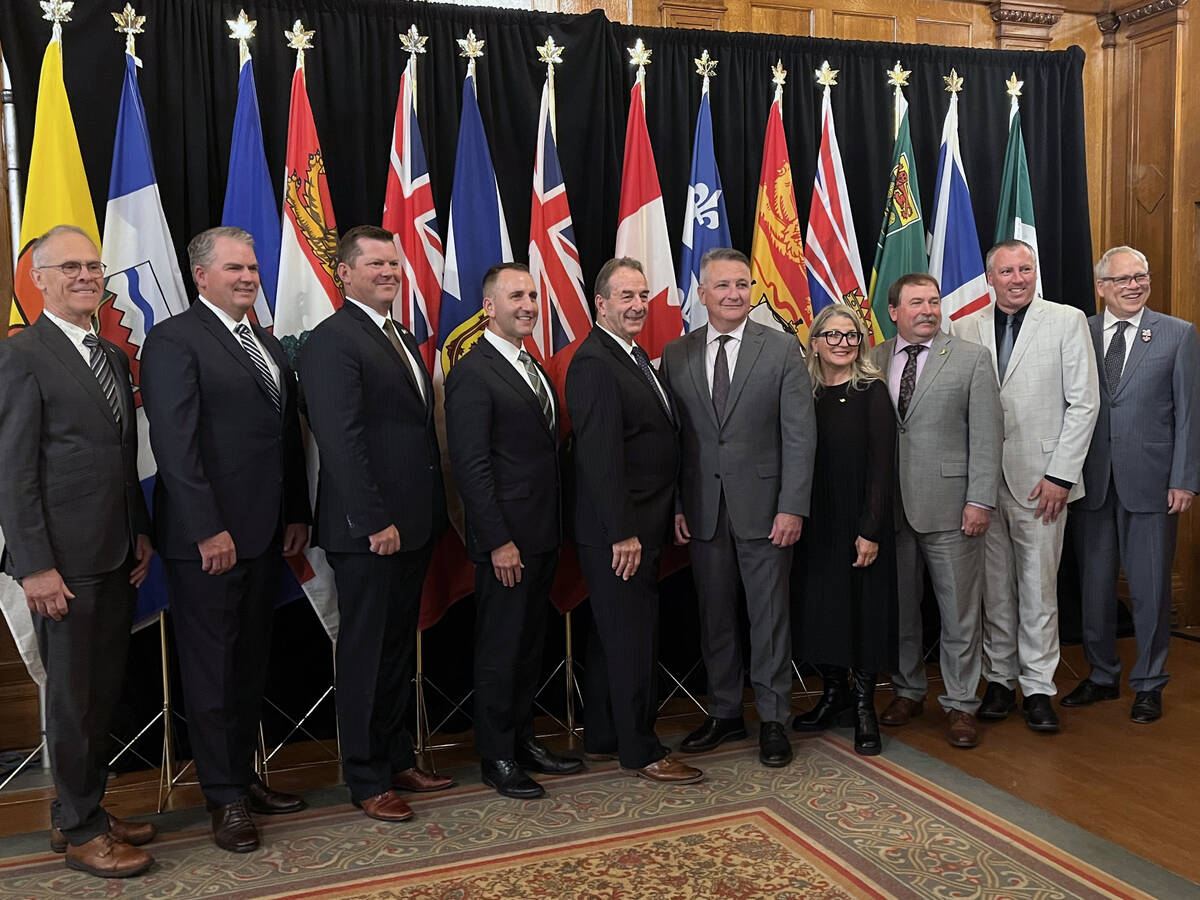The next federal budget in February should include a commitment to increase farm safety net funding by up to 40 percent, says the chair of the House of Commons agriculture committee.
“We are at $600 million now,” said Winnipeg Liberal John Harvard.
“If the government accepts the view that there should be a permanent third line of defence, then this clearly would not be enough. It is time to restore funding to what it was.”
Before the 1995 deficit-cutting federal budget, the allocation for farm safety nets was $850 million. Harvard said the latest farm income problem has shown the 1995-imposed safety net funding is not enough.
Read Also

Agriculture ministers commit to enhancing competitiveness
Canadian ag ministers said they want to ensure farmers, ranchers and processors are competitive through ongoing regulatory reform and business risk management programs that work.
Last week, Harvard’s Liberal-dominated Commons committee pleaded with the federal Liberal government to increase its annual safety net funding for farmers.
While the committee report, tabled in the Commons Dec. 10 after a month of hearings, suggested a short-term government aid package similar to the program announced four hours later by agriculture minister Lyle Vanclief, it also suggested the Liberals have cut too much.
“The committee recommends that the next federal budget include enhanced farm support to ensure the long-term financial viability of Canada’s farm safety net programs,” said the report.
Food aid helps all
The committee also recommended that Canada make more aggressive use of food aid to help foreign populations in need and also to help Canadian farmers with surplus product to sell.
And it asked Agriculture Canada to justify cost recovery fees now in place by presenting an early report on the cumulative effect of user fees on the food industry.
Opposition parties issued minority reports insisting the government must move more aggressively to get money to farmers and lower user fees.
But the majority agreed, after hearing a stream of witnesses, that Canadian support pales in the face of what is available in competitor countries.
“This report shows that for the first time since its inception in 1991, Canada’s farm income safety net is being seriously stretched.”
Other countries are subsidizing more.
“Canadian producers are efficient and prepared to compete on world markets but when market rules are being manipulated, they need a safety net that will allow them to weather the crisis while maintaining a sound, dynamic and sustainable structure for Canada’s agri-food industry,” said the report.
The government, required by Commons rules to give a response, is expected to do so in the February budget.














